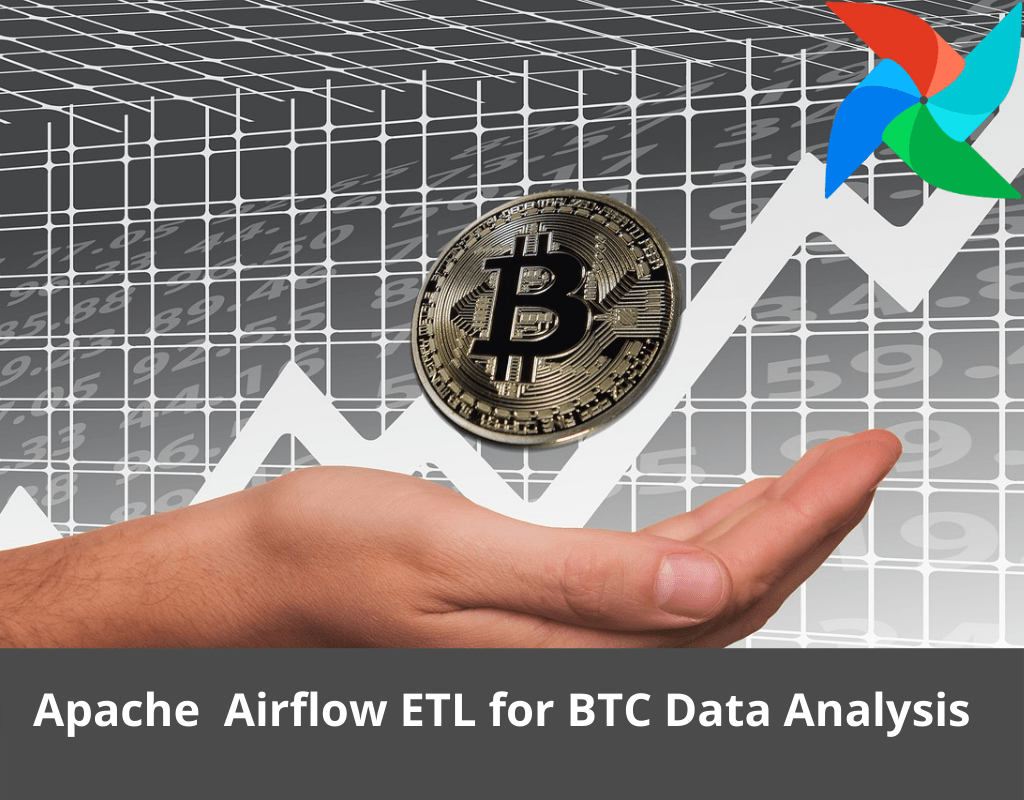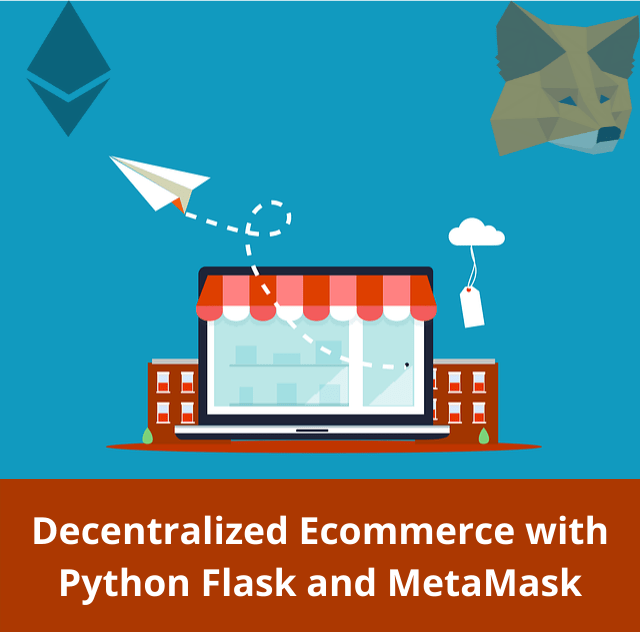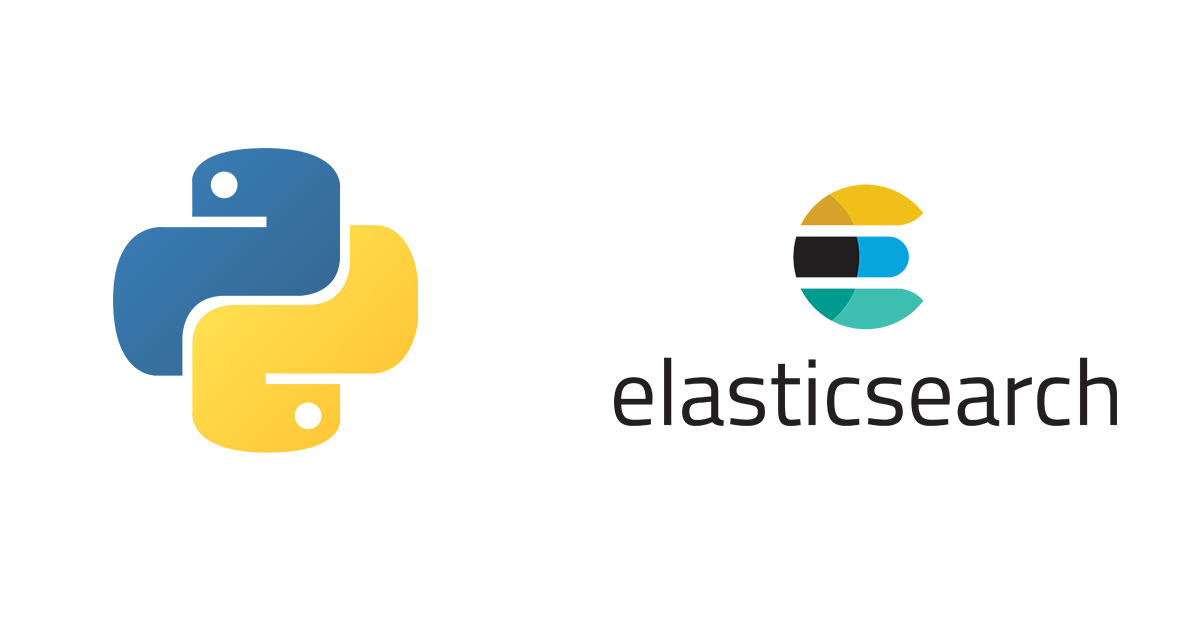This post is part of the Data Engineering and ETL Series. I am taking a short break from Blockchain-related posts. In the past, I have covered Apache Airflow posts here. In this post, I am discussing how to use the CCXT library to grab BTC/USD data from exchanges and create an ETL for data analysis and visualization. I am using the dockerized version of Airflow. It is easy to set up and use proper different images to run different components instead of a one-machine setup. The docker-compose.yml file is available here but I have made a few changes to install custom libraries. Therefore, it is advised you use the file I have…
-
-
Create your first NFT Marketplace for selling cars in PHP Laravel and web3.js
If you are into Crypto then chances are you have heard about NFT, especially after the incidents like Beeple sold his art for $69 million dollars or this friendship meme. NFT is usually considered is suitable for arts like pictures only but this is not true. NFT is all about uniqueness, authority, and the transfer of ownership. We are going to use NFT for selling cars. The video demo of this project can be seen below: In this post, I will be discussing how to mint ERC721 NFT tokens and then integrate them with new or existing websites. The user who buys a car will pay the amount of…
-
Azure Video Analyzer: Features and Best Practices
What is Azure Video Analyzer? Azure Video Analyzer for Media (also called Video Indexer) is part of Azure Applied AI services. This application is built on Azure Cognitive Services (including Computer Vision, Translator, Face, and Speech) and Azure Media Services. It lets you gather information for your videos through the use of Video Analyzer for Media audio and video models. To begin gathering insights with Video Analyzer for Media, you must establish an account and upload your videos. Once you have uploaded your videos to this application, it examines both audio and visuals by running AI models. In this sense, Azure Video Analyzer is an alternative to setting up your…
-
Visualizing Python modules and dependencies with Neo4j
I am taking a short break from the Blockchain Programming series and writing this post because I found it pretty interesting. The other day I found a tweet(which unfortunately I forgot to bookmark and can’t find it anymore) about visualizing python modules in Neo4J. Guido, the Python creator had responded to that tweet. That tweet got stuck in my mind and I thought it a great excuse to explore Neo4j. I had been thinking of exploring some Graph Databases other than Neo4j. For some weird reason, I had been ignoring Neo4j for a long time, most probably because of the Java thing which I do not like at all. I…
-
Develop your first decentralized ecommerce application with Python Flask and MetaMask
A Step By Step guide on how you can integrate Ethereum blockchain to accept ETH and other ERC20 tokens.
-
Build Your First Solidity Dapp With Web3.js and MetaMask
Actually, I had planned another topic in Solidity Series for web3.js but then the post could go off tangent hence I am discussing the basics of web3.js and how to interact with a smart contract. I am going to use the same contract I had created here. Basically, it is the web3.js version of the last post. Unlike other posts about web3.js based frontends that use NodeJs and React, I am not going to use any such thing because it is not required to create the front-end of a decentralized app. You do not even need NodeJS at all. You can use your existing skillsets like PHP/Laravel, Django, Rails, etc…
-
Develop and deploy your first Ethereum Smart Contract with Python
Learn how to write a basic smart contract in Solidity and then integrate it with Python app by using Web3.pyThis post going to be a bit longer as I am going to cover multiple concepts. I will be covering the following things: Smart Contracts and how do they work in Ethereum blockchain. The basics of Solidity Programming language and how to use online and existing IDEs to write and test them. Using Truffle and Ganache for Ethereum development environment setup. Web3.py helps to integrate Smart Contract with Python applications. What is a Smart Contract According to Investopedia: A smart contract is a self-executing contract with the terms of the agreement between buyer and seller being directly written into lines of code. The code and the agreements contained therein exist…
-
Create a crypto Telegram bot in Python using Yahoo Finance API
A step-by-step guide creating a Telegram bot in Python.So I was exploring Telegram APIs for a project someone asked me to work on it. The script was actually a cron job that would be sending messages on daily basis. While working on it I found that you could come up with your own commands that can pull data from some remote API and display the results to Telegram users. I found this an opportunity for my next blog post which I am writing here 🙂 Telegram is very much similar to WhatsApp for communication and it is quite popular among Crypto lovers. Many Crypto traders use both Telegram and Discord to send crypto and stock signals to their…
-
Getting started with Protobuffer and Python
In this post, I am going to talk about Proto Buffers and how you can use them in Python for passing messages across networks. Protocol Buffers or Porobuf in short, are used for data serialization and deserialization. Before I discuss Protobuf, I would like to discuss data serialization and serialization first. Data Serialization and De-serialization According to Wikipedia Serialization is the process of translating a data structure or object state into a format that can be stored (for example, in a file or memory data buffer) or transmitted (for example, over a computer network) and reconstructed later (possibly in a different computer environment) In simple words, you convert simplex and complex data structures and objects into byte…
-
Getting started with Elasticsearch 7 in Python
I had written about Elasticsearch almost 3 years ago in June 2018. During this time a new Elasticsearch version launched which has some new features and changes. I’d be repeating some concepts again in this post so one does not have to go to the old post to learn about it. So, let’s begin! What is ElasticSearch? ElasticSearch (ES) is a distributed and highly available open-source search engine that is built on top of Apache Lucene. It’s open-source which is built in Java thus available for many platforms. You store unstructured data in JSON format which also makes it a NoSQL database. So, unlike other NoSQL databases, ES also provides…








